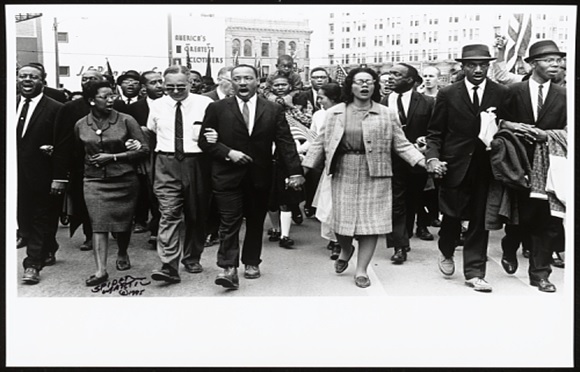
The National Museum of African American History and Culture is one of the greatest story-telling museums in the world; the proposed National Museum of the American People will do well to emulate it.
The NMAAHC depicts the 500 year struggle of African Americans beginning with their enslavement first in Europe and then soon after in the Western Hemisphere. A century later when the first permanent European colony in what is now the Untied States was established by the English at Jamestown in 1607, the first slaves followed 12 years in 1619.
The African American Museum carries that history of enslavement forward through the Civil War, a brief post-war period of reconstruction followed by the imposition of segregation for another century until the Civil Rights Movement go underway in the 1950s and continues through the early years of the 21st Century.
Martin Luther King, Jr., who we celebrate today, is a central figure in this segment of the story.
The NMAAHC begins its story after carrying visitors three stories below ground level and proceeds with its narrative as visitors wind upward through the difficult history of African Americans emerging into a space of contemplation before arriving again at ground level. From there, visitors are ready to explore the broad and deep accomplishments of African Americans on the Museum’s upper floors.
The story of African Americans, told so poignantly in the NMAAHC, will also be told in the National Museum of the American People in the context of the story of the making of all Americans. That segment of the story will be the same in both museums.
This blog is about the proposed National Museum of the American People which is about the making of the American People. The blog will be reporting regularly on a host of NMAP topics, American ethnic group histories, related museums, scholarship centered on the museum’s focus, relevant census and other demographic data, and pertinent political issues. The museum is a work in progress and we welcome thoughtful suggestions.
Sam Eskenazi, Director, Coalition for the National Museum of the American People
